Learn how to make perfect scones! My recipe is easy to customize with your favorite add-ins, and it yields buttery, flaky, flavorful scones every time.

The best scones are buttery, flaky, and moist inside. They’re crisp and crumbly around the edges, perfect for pairing with a cup of coffee or tea.
Scones can get a bad rap for being bland or dry (my husband Jack swore he didn’t like them for years), but when they’re prepared well, they shouldn’t be either of those things.
I’m sharing my favorite scone recipe below. It’s easy to make with 10 basic ingredients, and you can customize it with your favorite sweet or savory mix-ins. No matter which ones you pick, it yields tender, flavorful, bakery-worthy scones every time.
If you’re on the fence about scones, I think this recipe will win you over. Even Jack will tell you that it’s delicious for breakfast or brunch!
What are scones?
Similar to biscuits, scones are lightly sweet baked goods enriched with butter and/or cream and leavened with baking powder. Here in the US, we often load them up with glazes and mix-ins like fruit and chocolate chips. In Britain, scones tend to be simpler, typically made without mix-ins and left unglazed. Famously served as part of high tea, British scones are the perfect vehicle for toppings like jam and clotted cream.
This recipe is for American scones. Though you could make it without mix-ins for more of a British vibe, I think they’re half the fun here. I’m sharing some of my favorite flavor variations later on in this post!
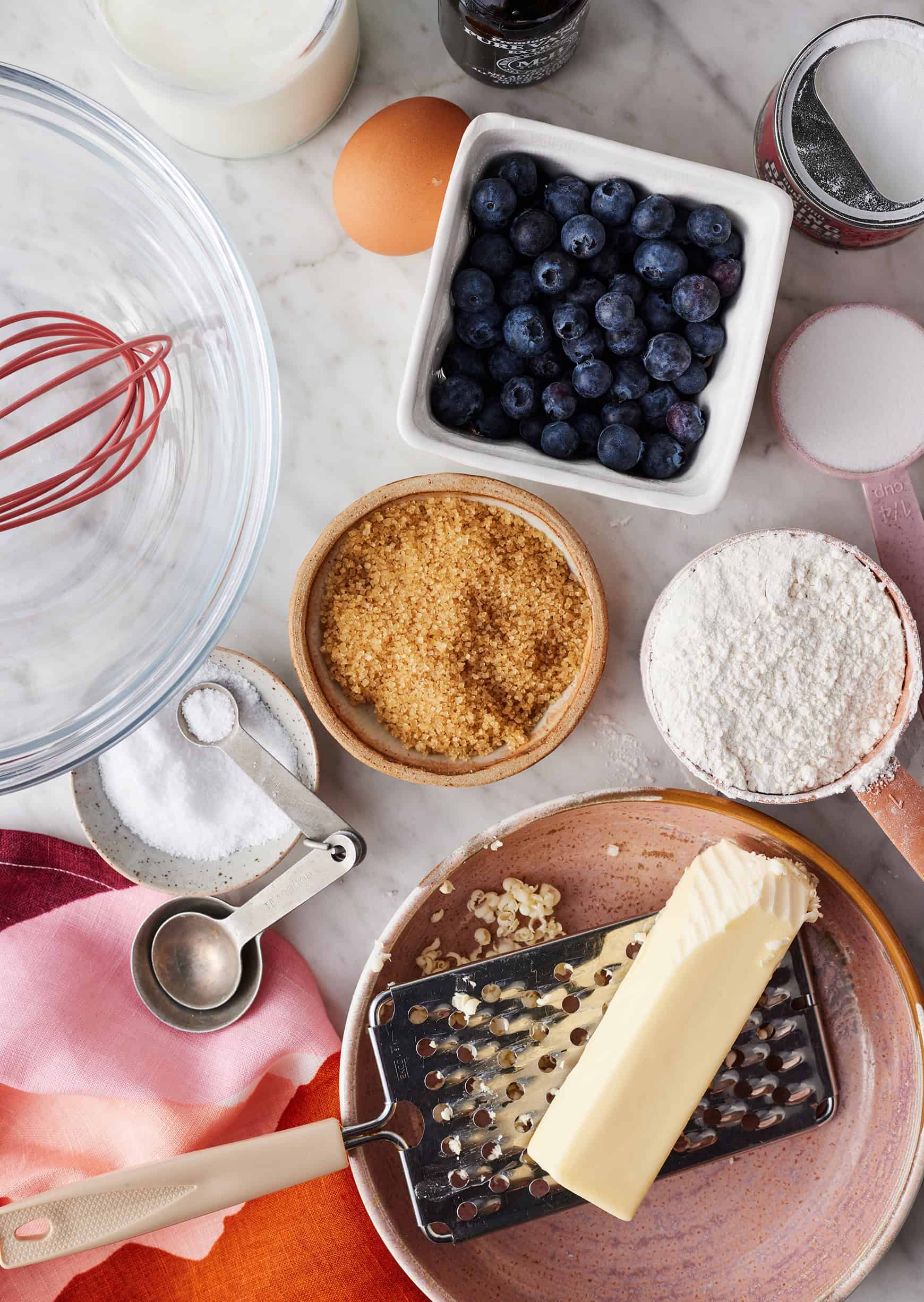
Basic Scone Recipe Ingredients
This basic scones recipe starts with 10 simple ingredients:
- Mix-ins of your choice – You can find some of my favorite flavor variations below. Options include lemon blueberry, cranberry orange, chocolate chip, and even cheddar herb!
- All-purpose flour – It creates the base of the dough. Spoon and level it to avoid packing too much into your measuring cup.
- Cane sugar – It makes these scones lightly sweet. I add sugar to the dough whether I’m making sweet scones or savory ones. If I’m going the sweet direction, I also sprinkle coarse sugar on top for sparkle and crunch.
- Baking powder – It helps the scones puff up as they bake.
- Unsalted butter – For richness and buttery flavor. I freeze the butter for 1 hour, then grate it before working it into the scone dough.
- Buttermilk – It adds more richness and moisture to the dough. If you don’t keep buttermilk on hand, find alternatives in the callout below!
- An egg – It makes these scones tender and light.
- Vanilla – When I make sweet scones, I always add a splash of vanilla for warm depth of flavor. When I make savory ones, I skip it.
- And sea salt – To make all the flavors pop!
Find the complete recipe with measurements below.
Buttermilk Alternatives
I love using buttermilk in scones. It adds rich, tangy flavor in addition to moisture, and its acidity helps the scones rise.
But if you don’t keep it on hand, that’s ok! Here are a few alternatives:
- Heavy cream
- Full-fat coconut milk
- A scant 1/2 cup milk mixed with 1/2 tablespoon lemon juice. Set the mixture aside for 5 minutes to thicken before adding it to the dough.
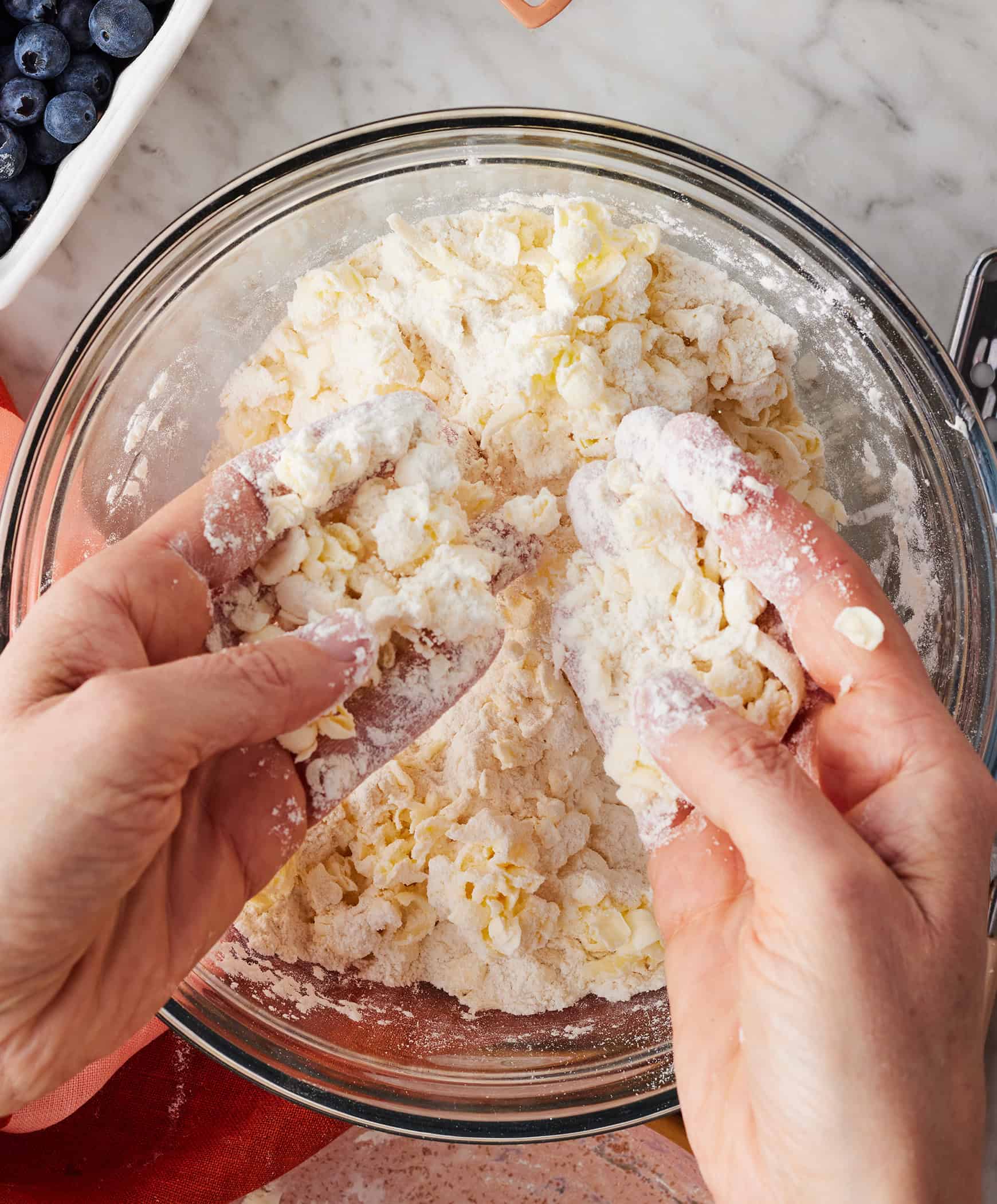
How to Make Scones
Making scones from scratch might sound complicated, but I promise, this recipe is really simple! Here’s how it goes:
Start by making the scone dough. In a large bowl, whisk together the flour, sugar, baking powder, and salt. Grate the frozen butter on the large holes of a box grater, then use your fingers to work the butter shreds into the flour until the mixture resembles a coarse meal.
Do I need to use frozen grated butter?
I recommend it! I like the frozen grated butter method for two reasons:
- It guarantees that the butter is cold, which is essential for making flaky scones! Baked goods like scones, biscuits, and pie crust become flaky when small pieces of butter in the dough melt in the oven. They don’t turn out as flaky if the butter melts before that, when you’re handling the dough.
- It doesn’t require a lot of handling. You want to leave some chunks of butter in the dough—these are what make the scones flaky! Grated butter pieces are already fairly small, so you don’t need to break them up much once you add them. You can quickly and easily work them into the flour.
That said, if you prefer not to use this method, you don’t have to! You can also work cubed cold butter into the flour mixture using your hands or a pastry cutter. Another option is to cut the butter into the flour using a food processor.
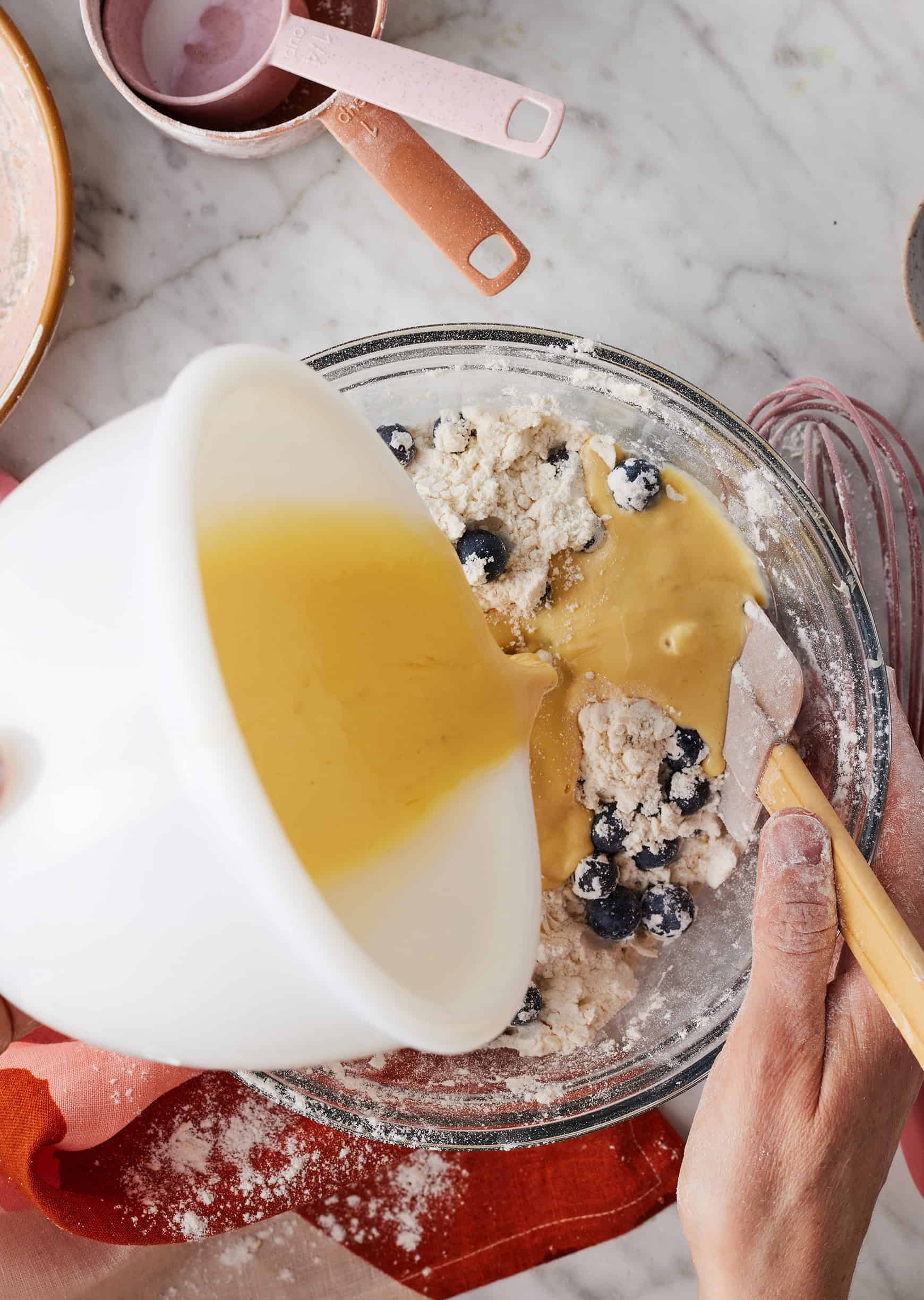
After you add the butter, add your desired mix-ins and toss to coat in the flour.
In a medium bowl, whisk together the remaining wet ingredients. Pour them into the flour mixture.
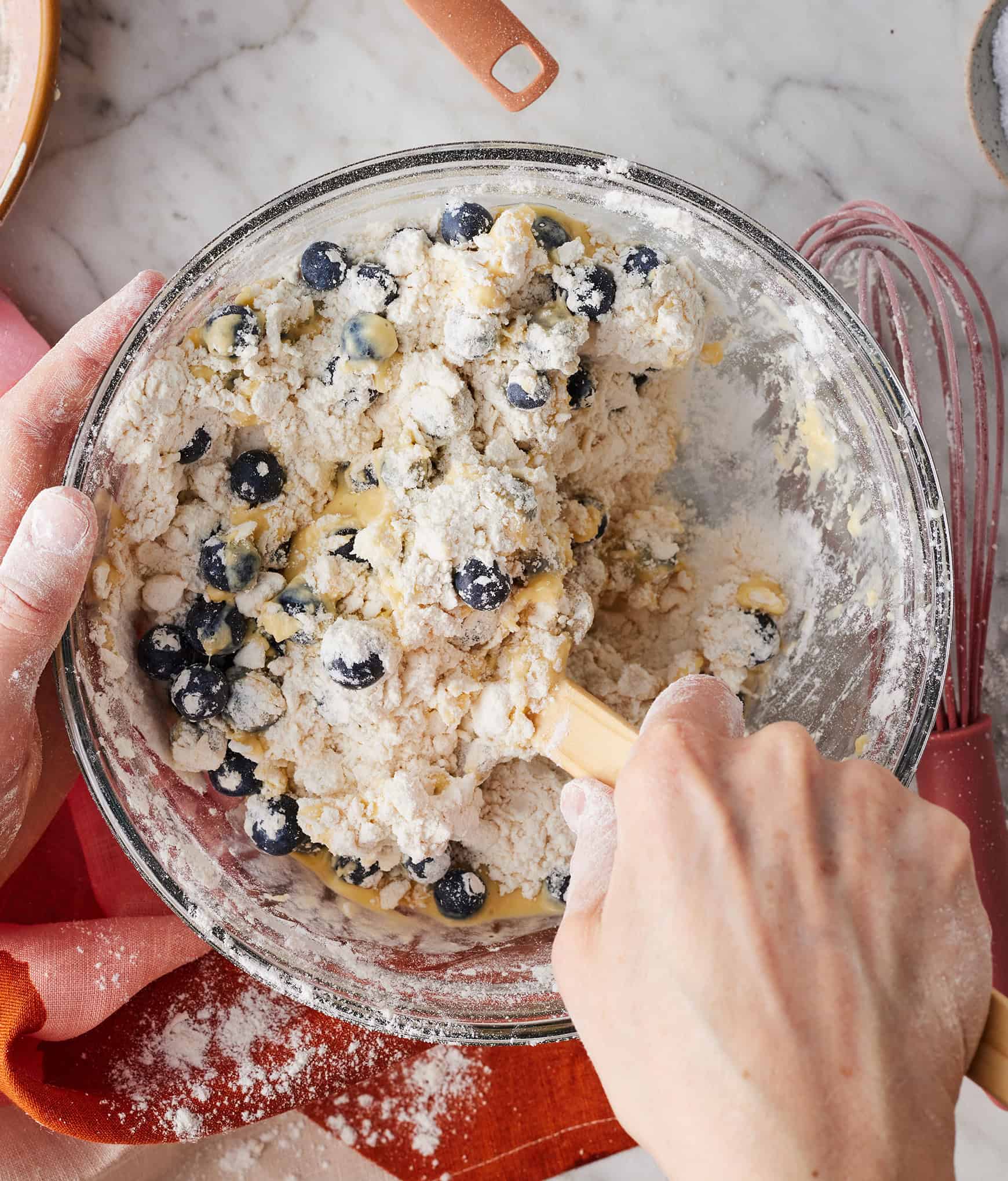
Mix with a spatula until a shaggy dough forms. Then, switch to your hands and knead to incorporate any remaining dry flour. Be careful not to overwork the dough to avoid melting the butter.
- Tip: The mix-ins you use and the humidity in your kitchen can affect the texture of your scone dough. It should be soft, but not sticky. Don’t hesitate to work in a little extra flour if it feels too sticky or to add more liquid if it feels too dry.
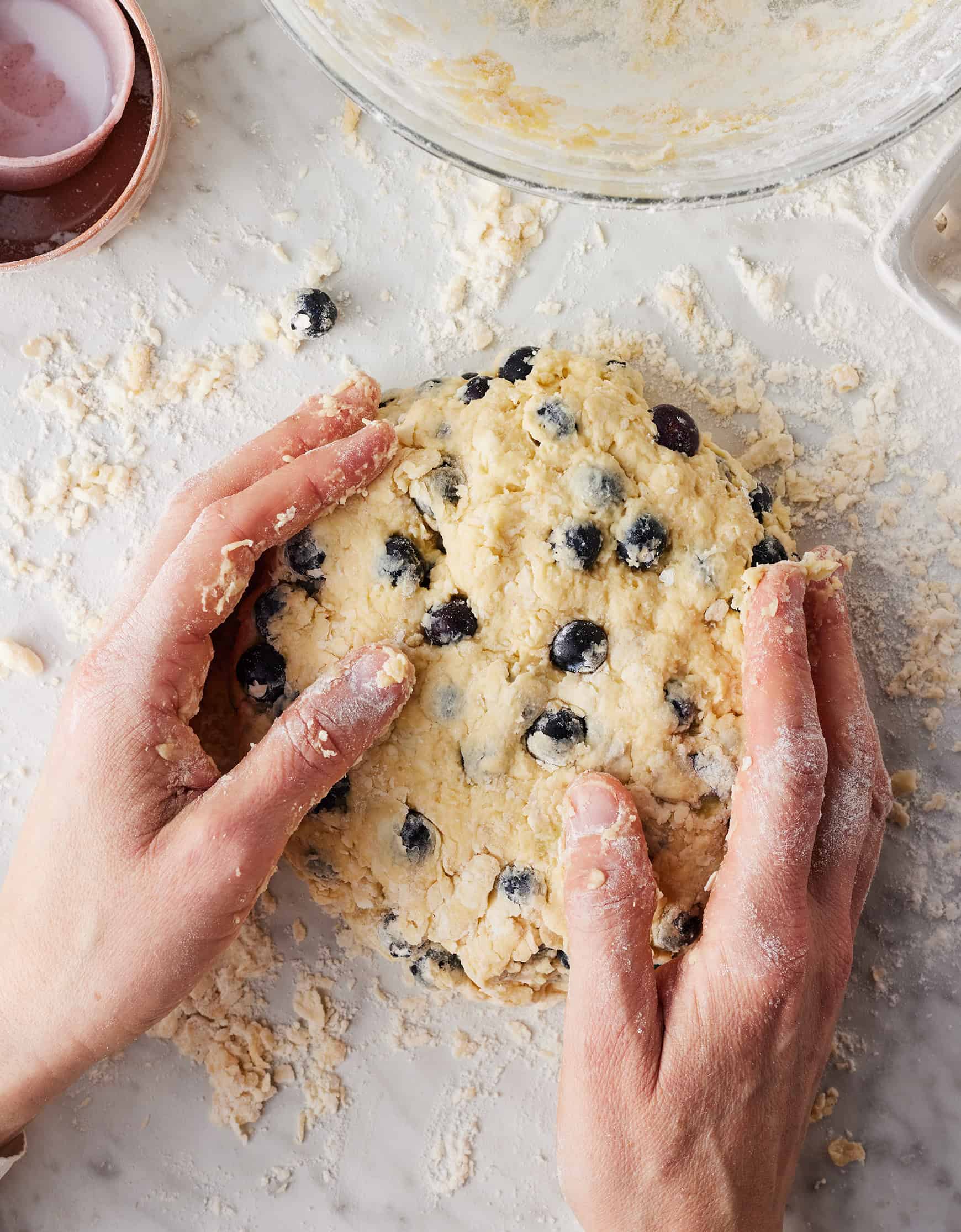
Next, shape the scones. On a lightly floured surface, flatten the dough into a 1-inch-thick disk. Slice it into 8 equal wedges.
To keep the butter cold, freeze the scones for 15 minutes while you preheat the oven to 400°F. Then, brush the tops of the scones with buttermilk and sprinkle with coarse sugar, if desired.
Bake until golden brown, 18 to 27 minutes. That’s it!
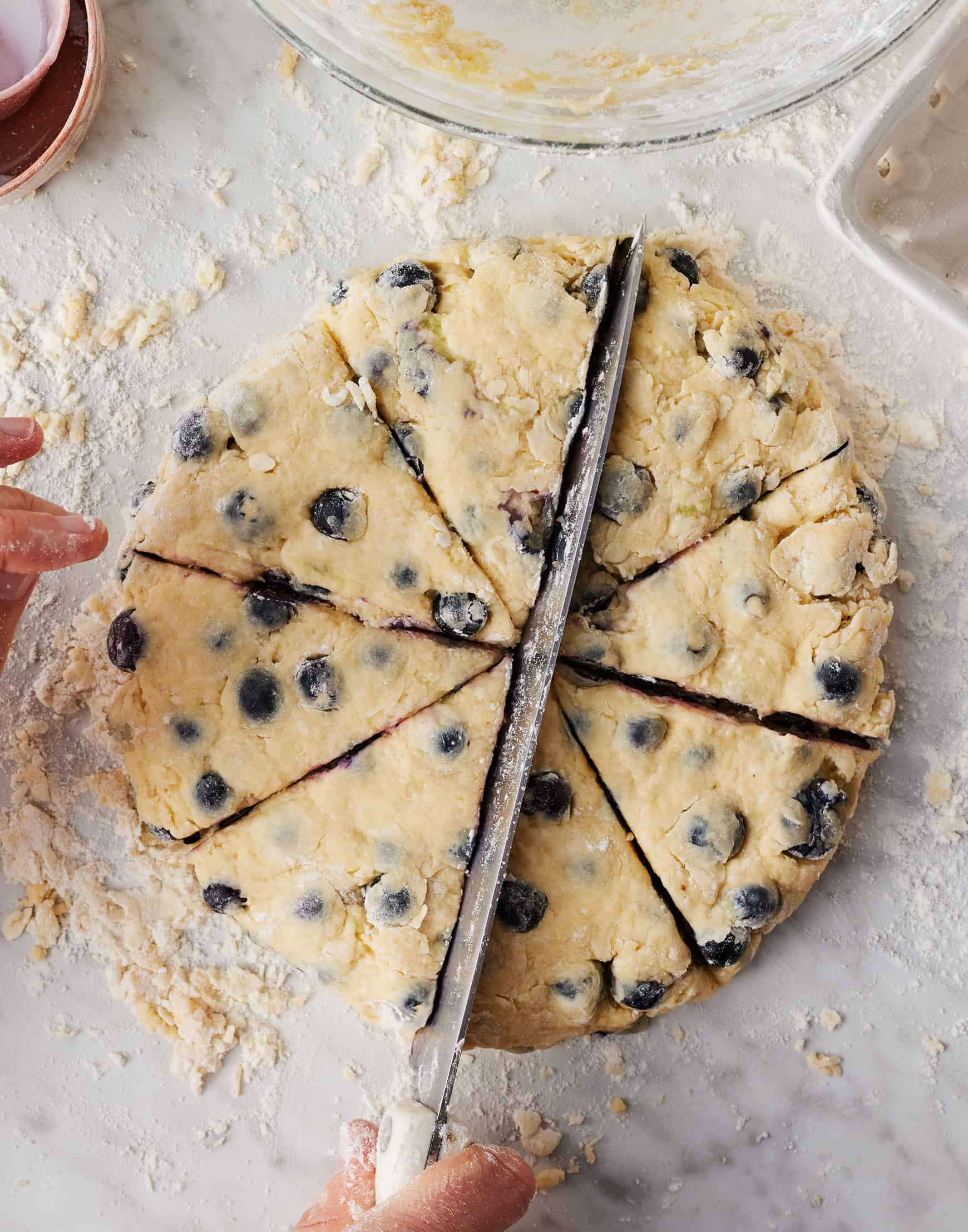
Scone Flavor Variations
This scone recipe is a fantastic template for nearly any flavor of scone! Have fun experimenting with different add-ins.
Here are a few of my favorite variations:
- Lemon blueberry – A zesty twist on my blueberry scones! Use 1 1/2 cups blueberries as the mix-ins. Whisk 1 tablespoon lemon zest into the wet ingredients. Drizzle the cooled scones with my easy lemon glaze.
- Chocolate chip – Use 1/2 cup chocolate chips as the mix-ins. Add a pinch of nutmeg to the dry ingredients.
- Currant or raisin – Use 1/2 cup dried raisins or currants as the mix-ins. Add a pinch of cinnamon to the dry ingredients.
- Cranberry orange – Use 1/2 cup chopped dried cranberries as the mix-ins. Whisk 1 tablespoon orange zest into the wet ingredients.
- Cheddar herb – Omit the vanilla extract. Use 1/2 cup grated cheddar cheese and 1/4 cup chopped fresh chives as the mix-ins.
Let me know what variations you try!
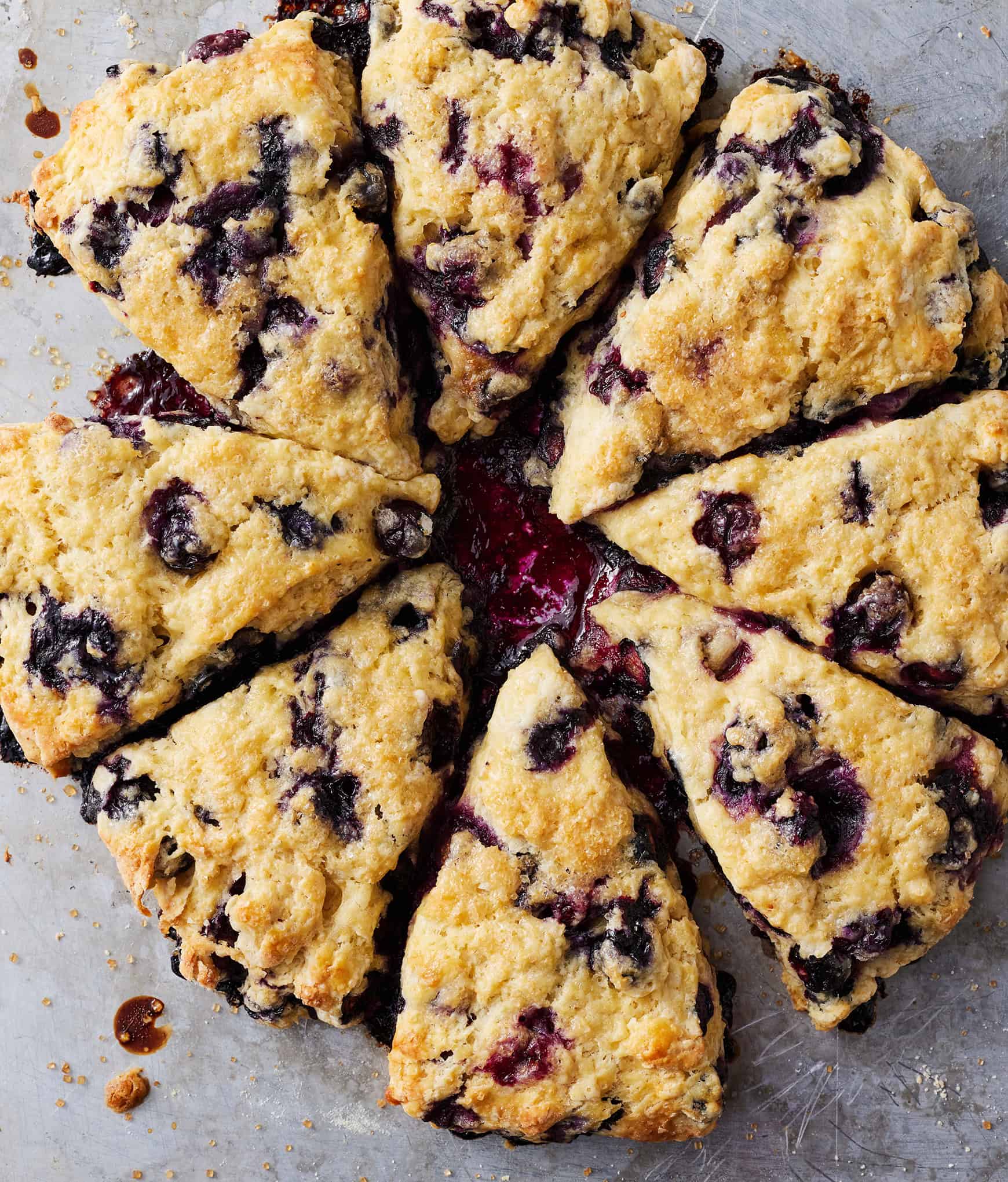
Best Scone Recipe Tips
- Adjust the liquid based on your mix-ins. Juicy mix-ins like raspberries and diced strawberries will release moisture into the scone dough. In that case, you’ll likely need less buttermilk. Start by adding just 1/3 cup (instead of 1/2) and gradually add more as needed to help the dough come together.
- You won’t use the same amount of every mix-in. A good rule of thumb is 1/2 cup for dried fruit and chocolate chips and 1 to 1 1/2 cups for fresh fruit. And if you’re making savory herb scones, you could use as little as 2 tablespoons chopped rosemary, sage, or thyme!
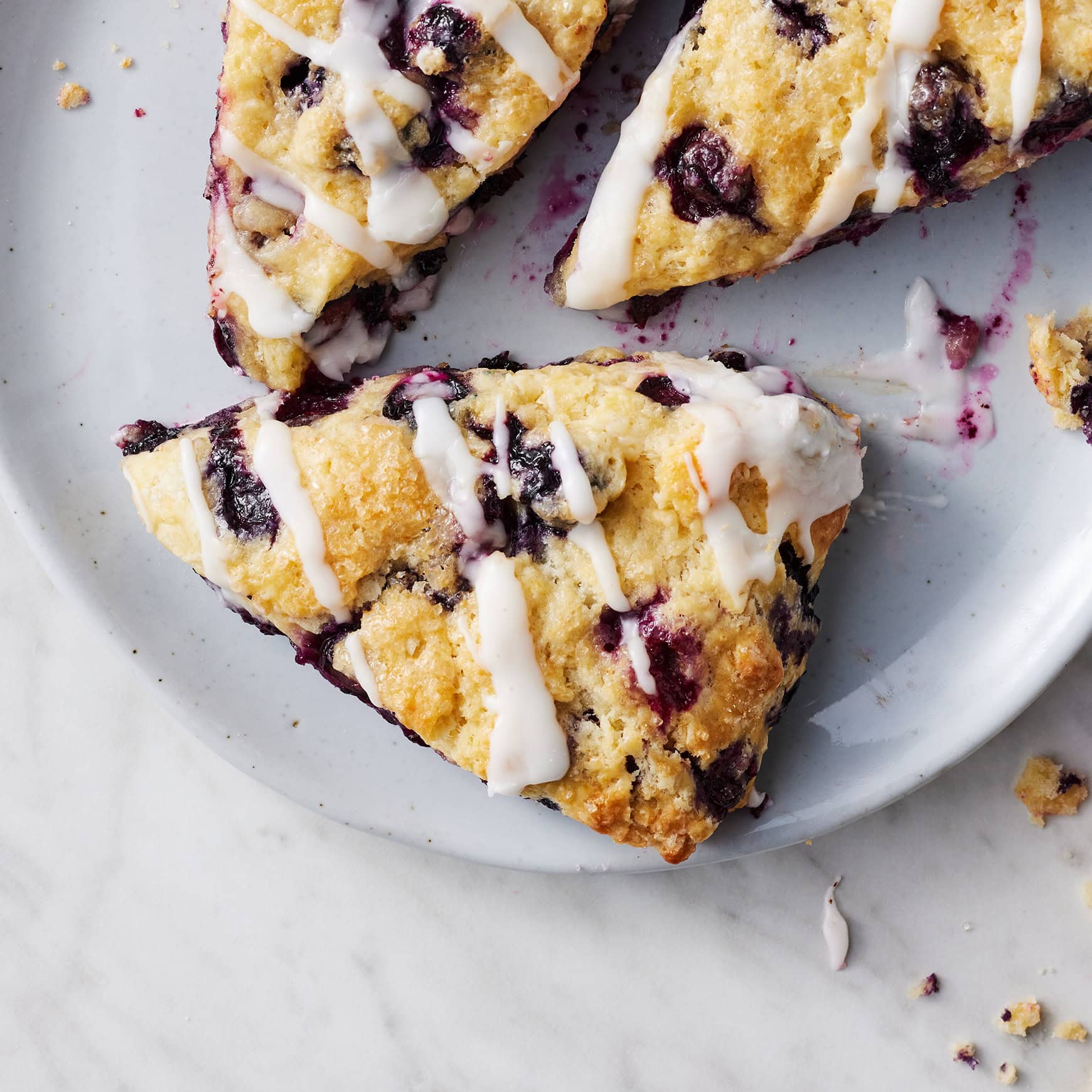
How to Freeze Scones
Once baked, scones keep well in an airtight container at room temperature for up to 2 days.
You can also freeze them. Seal baked scones in an airtight container or bag, and store them in the freezer for up to 3 months. Let thaw at room temperature, or quickly defrost in the microwave.
Another option is to freeze the scones before baking. Freeze them for 1 hour on a plate or baking sheet. Then, store them in an airtight container or bag in the freezer for up to 3 months. Bake them straight from frozen, adding a minute or two to the baking time if needed.
With scone dough in the freezer, you can treat yourself to a freshly baked scone anytime you like!

Easy Scones Recipe
Ingredients
- 2 cups all-purpose flour, spooned and leveled
- ¼ cup cane sugar
- 2 teaspoons baking powder
- ½ teaspoon sea salt
- 8 tablespoons unsalted butter, 1 stick, frozen for at least 1 hour
- ½ to 1½ cups mix-ins*, such as berries, dried fruit, or chocolate chips, optional
- ½ cup cold buttermilk*, or heavy cream, plus more for brushing
- 1 large egg
- 1 teaspoon vanilla extract, optional
- Coarse sugar, for sprinkling
Instructions
- Line a large baking sheet with parchment paper.
- In a large bowl, whisk together the flour, sugar, baking powder, and salt.
- On the large holes of a box grater, grate the frozen butter. Add to the flour mixture and toss to coat. Use your hands to work the butter into the flour until the mixture resembles a coarse meal. Add desired mix-ins and toss to incorporate.
- In a medium bowl, whisk together the buttermilk, egg, and vanilla, if using. Pour over the flour mixture and use a spatula to mix until a shaggy dough forms. Knead with your hands to incorporate any remaining dry flour. The dough should feel soft but not sticky. If it’s sticky, work in a bit more flour. If it’s dry, drizzle in a little more buttermilk. Form the dough into a ball.
- Transfer the dough ball to a lightly floured surface and form it into a 7- to 8-inch disk about 1 inch thick. Slice into 8 equal wedges and transfer to the prepared baking sheet, leaving a little space around each scone.
- Freeze the scones for 15 minutes. Meanwhile, preheat the oven to 400°F.
- Remove the scones from the freezer and brush with buttermilk. Sprinkle with coarse sugar, if using. Bake for 18 to 27 minutes, or until golden brown on top.
- Transfer to a wire rack to cool.






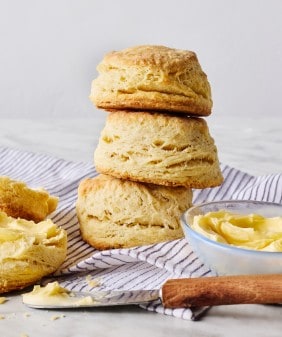

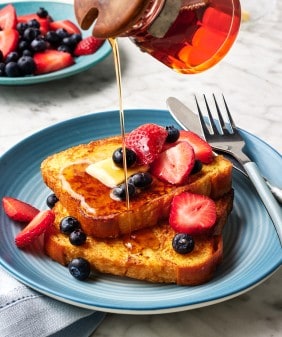





Wondering if these can be made as a traditional English Scone…more shaped like a biscuit and not rectangular.
What icing recipe do you use to top them?
Hi Rachel, here’s a glaze recipe – if you don’t want a lemony glaze you can use any type of milk instead: https://www.loveandlemons.com/lemon-glaze/
They are very easy to make. I was surprised at how good they are. The grated butter adds to the flavor. I will definitely be making them again!